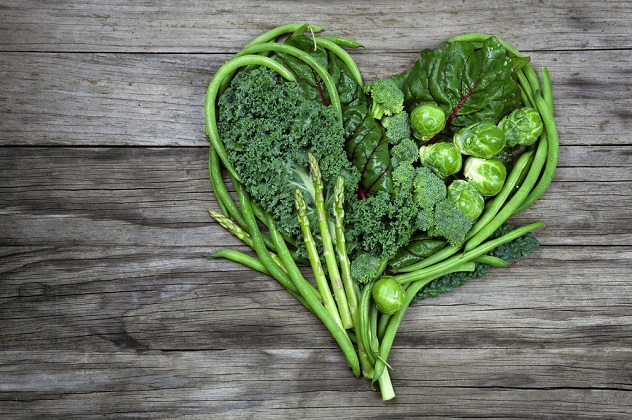The British Nutrition Foundation is launching a concept called the “quality calorie”, to make people think more about the types of foods they eat. So how then can you tell the difference between good and bad calories, and how many to consume? We investigate…
Why count calories?
Historically, scientists have defined “calorie” to mean a unit of energy. In a nutritional sense, all types of food — whether they are fats, proteins, carbohydrates or sugars — are important sources of calories, which people need to live and function.
Counting calories is a good start when formulating a healthy meal plan, but knowing how many calories you should take in per day is only the beginning. While all calories are a measure of energy, they are not all the same, because different foods have different effects on your body. That’s why 100 calories of a glazed doughnut is not considered healthy and 100 calories of an apple is.
On average, women need about 2,000 calories a day and men 2,500. Public Health England suggests: 400 at breakfast, 600 at lunch and 600 at dinner – leaving room for a couple of healthy drinks and snacks.

Separating the good from bad
Food packaging will tell you how many calories (kcal) the contents have – but working out the healthiest choice can be trickier.
Good calories aren’t necessarily made up of low-calorie foods. Many good calories come from high-calorie and even high-fat foods. The key is the ratio of calorie count to nutritional value.
Good calories are those that provide lean-protein, healthy-fats and complex carbs from fresh whole foods and quality meal replacements and supplements – so don’t necessarily go cutting out your carbs.
Bad calories are those that don’t provide your body with good nutrition. These come from things like processed foods, sugar, refined flours, unhealthy fats and artificial ingredients.
High-calorie foods are often less healthy but not always. And those sold as low-calorie may not be the healthiest.
Manufacturers are allowed to say their food is calorie-free if a serving has fewer than five calories – but these still count.
According to Public Health England, a healthy diet should include:
- lots of fruit and vegetables
- some starchy foods such as wholegrain bread, pasta and rice
- some protein from meat, fish, dairy or pulses
- a bit of fat
Things to cut down on are:
- sugary fizzy drinks
- alcoholic drinks
- sugary breakfast cereals
- cakes
- biscuits
- pastries
Stay on track with our six healthy kitchen hacks to inspire easy dinner recipes







